Hello and Happy Holidays! This year my Top Ten will not be wines, but rather nights. Evenings filled with great wines and great times. Can I get ten articles done after a year’s hiatus? Let’s see…
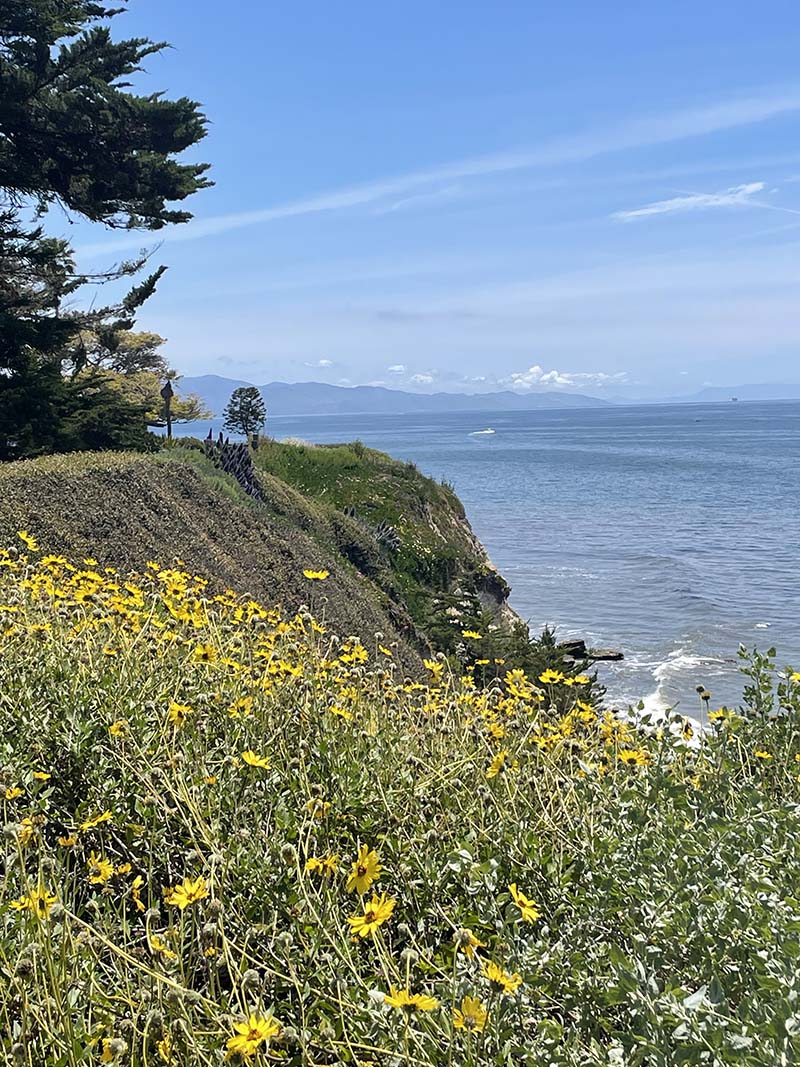
New Surroundings
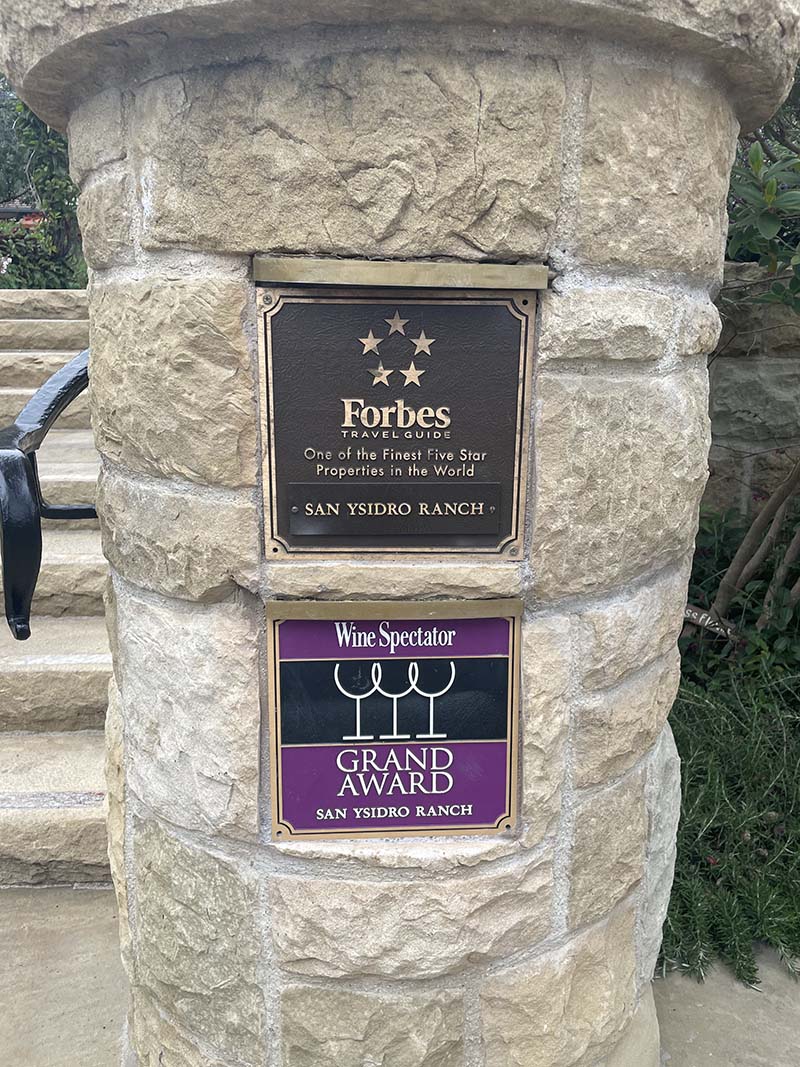
A Nice Place
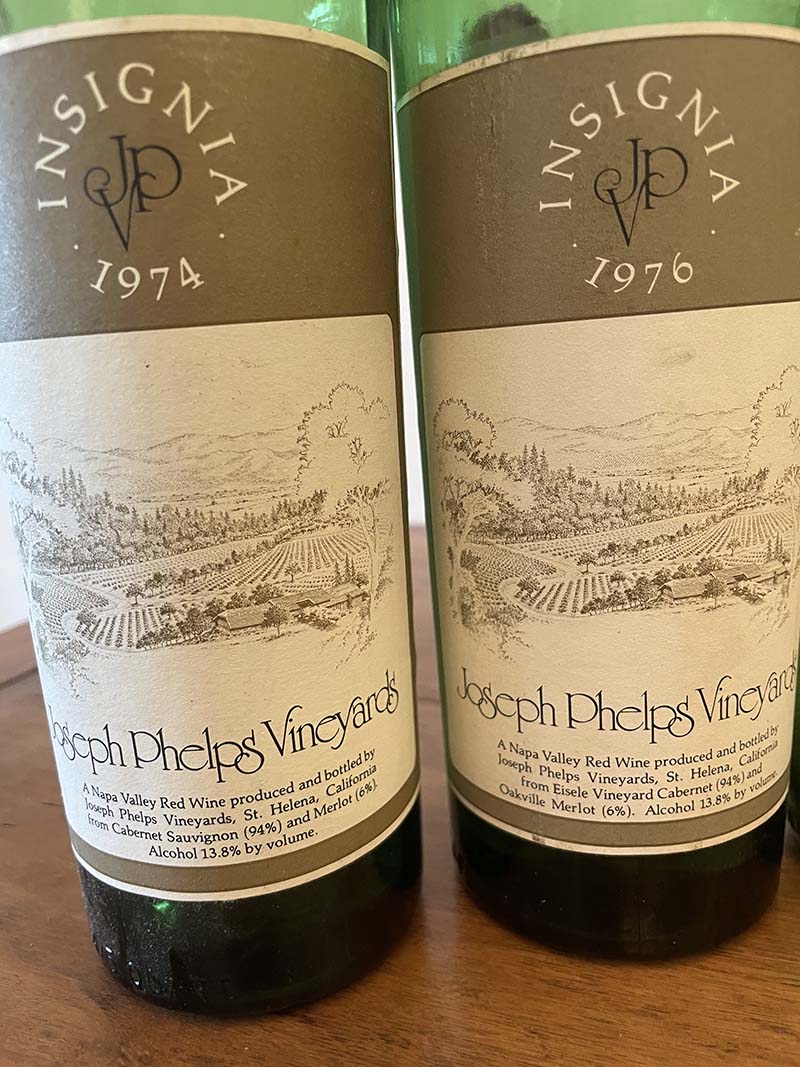
Starting Our Engines
2023 had its share of great wine events with so many great people all across the globe. But when I think of its greatest wine event, I keep going back to the Tilson weekend we did in May. This was actually a Wine Workshop event, one that was open to the public, although the public didn’t let wind or word of this event get too far, as it sold out quickly and deservedly so. John Tilson was opening up his cellar and some of his best bottles for a sampling of extraordinary proportions, and he was also opening up his home for Day Two. Day One was at the nearby San Ysidro Ranch, a beautiful location in its own right, and we started with all things Cabernet, meaning Napa and Bordeaux, of course.
The first flight was a flight of two wines but ultimately one as the 1976 was corked. The 1974 Joseph Phelps Insignia had an incredible nose with the classic asphalt, tobacco, cedar, black fruits, melted chocolate and great spice. There was lots of chocolate and coffee and a bit of wood to the finish but such great fruit. This was super tasty, a rich ‘Bordeaux style/Bordeaux Blend’ was noted. I should mention the 1976 felt superior behind the corked quality (95).
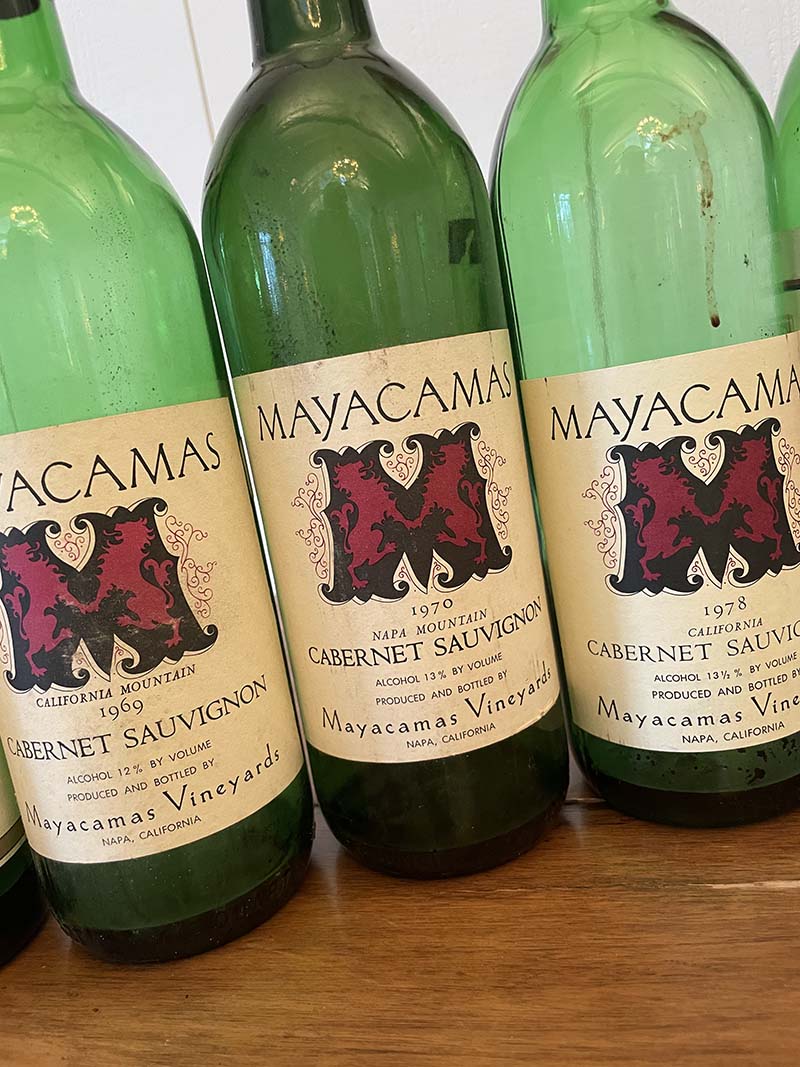
A Touch Disappointing
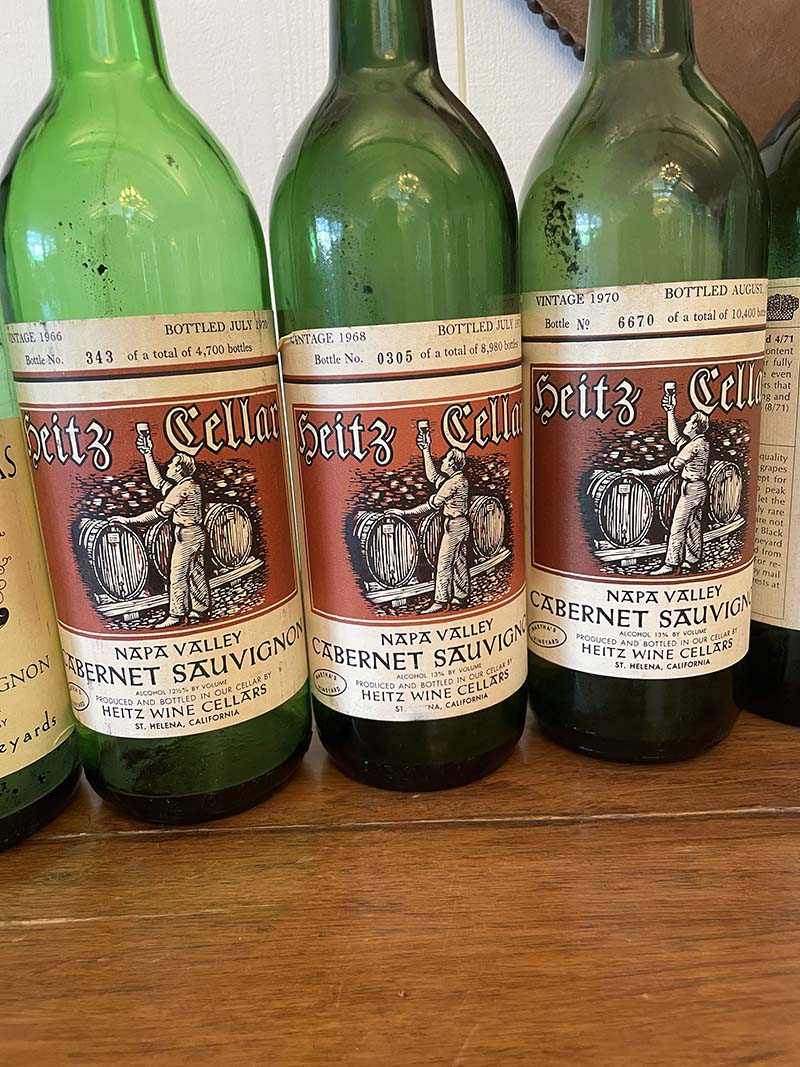
Extraordinary Beginnings
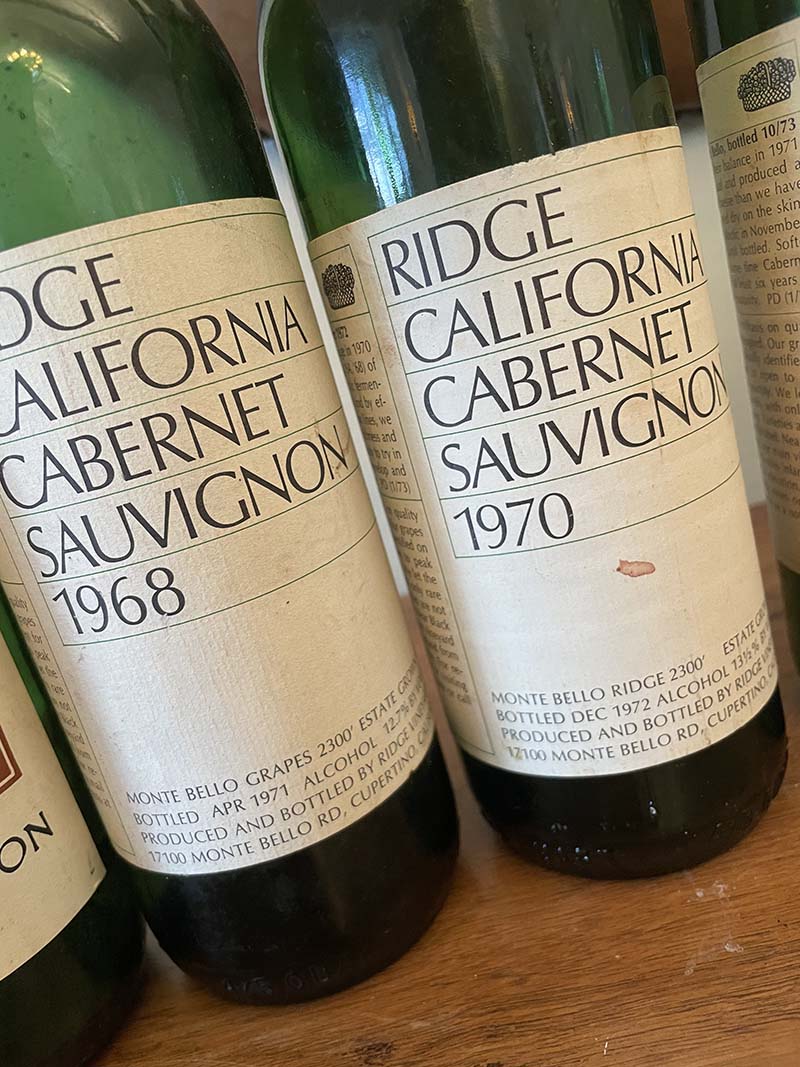
Back on Track
A trio of Mayacamas Cabernet Sauvignons followed beginning with the 1969. It had a big nose which was more square and muscular but still classy. It was a little green and a little lean with a touch of citrus. There was nice slate and minerality to its finish but dry fruit. It underwhelmed after the Phelps (91).
The 1970 Mayacamas was a bit leaner as well. Someone commented ‘mountainous fruit’ and its drier, smokier nose exuded deep woods. There was great smoke here and even more citrus along with more grit, but it still was not a super wine (92).
The 1978 had the best nose of the three. It was long, smooth and gritty in a similar style but with much more deep, dark fruit. There was a bit of pine complexity, and its palate was smooth and tasty. Its tannins and acidity emerged as it improved in the glass. It supposedly had a lighter style due to the addition of Atlas Peak fruit although I’m not sure if I I’m interpreting that correctly. It definitely delivered the biggest experience of the three (94+).
The first wine of the third flight was spectacular, and it was the first vintage of a legendary and benchmark Napa Valley Cabernet. The 1966 Heitz Vineyard Martha’s Vineyard Cabernet Sauvignon was an epic bottle, a testament to the heights that Napa can achieve, pun intended! There was a minty and sexy nose that seeped caramel and eucalyptus. There was this great herbal complexity that was so expressive. Insane expression! ‘So good’ was written over and over in my notes. The palate was creamy, long and smooth with tasty and fresh caramel flavors. Divine stuff (98).
The 1968 had more dark fruit, more chocolate and more wood but not too much – it just felt like it needed more time. The herbal eucalyptus qualities were trying to fight through and again I wrote that it needed more time. It integrated with that time, balancing out well, with its signature caramel coming through. However, it was no match for the 1966 (95).
The 1970 was like a blend of the two with less weight and leaner qualities. However, it had more eucalyptus, more slate and still a long finish. It got mintier and fresher as red fruits tried to emerge along with more tobacco. It improved in the glass (94).
We went from one Napa Valley legend to another, that other being the 1968 Ridge Monte Bello. I suffered through a touch of glass issues but moved forward to find an extraordinary wine that had a lot of fresh field to it along with that super sexy Cali Cab fruit. It was rich and grapy with smoky coffee flavors. Superbly elegant, its great smoke and great fruit carried it to outstanding status (96).
The 1970 was unfortunately corked (DQ).
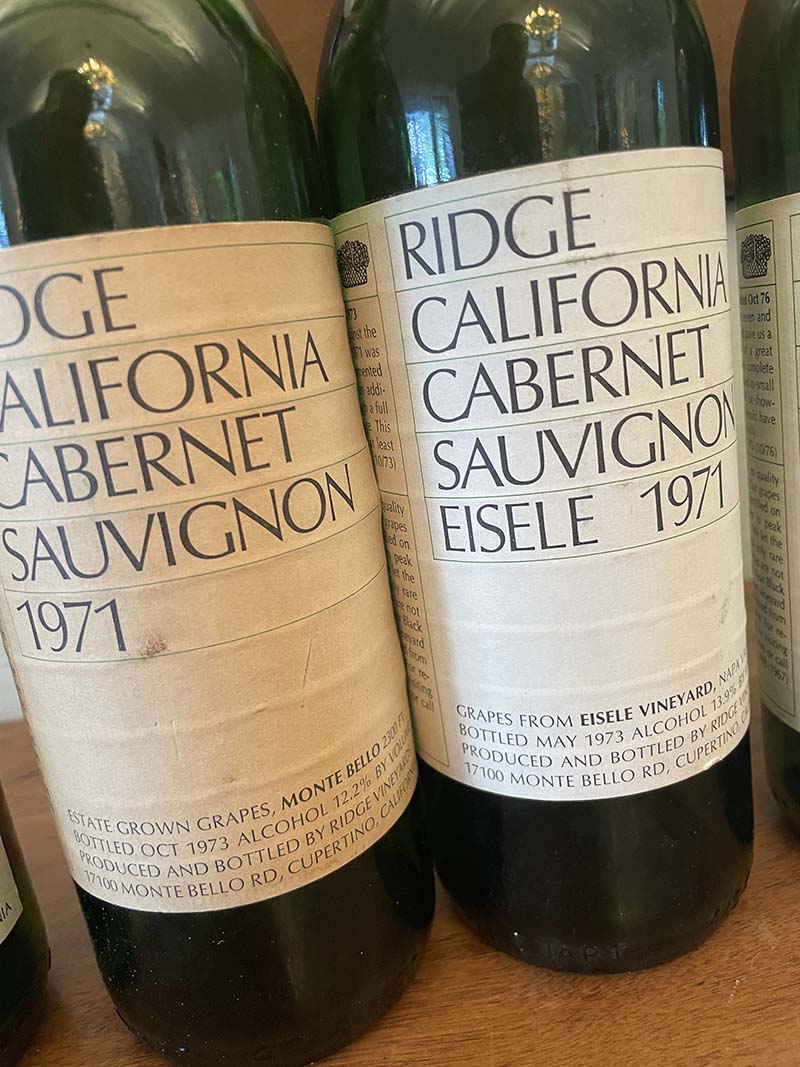
Rare Birds
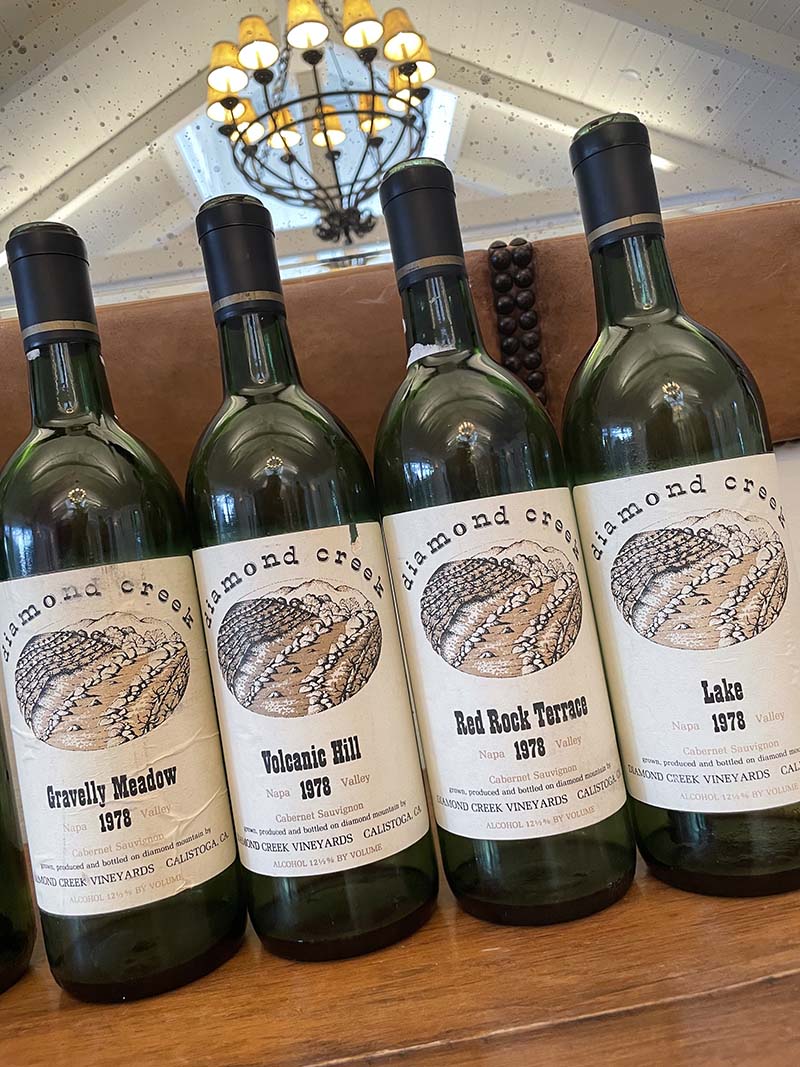
A Special Farewell to Napa
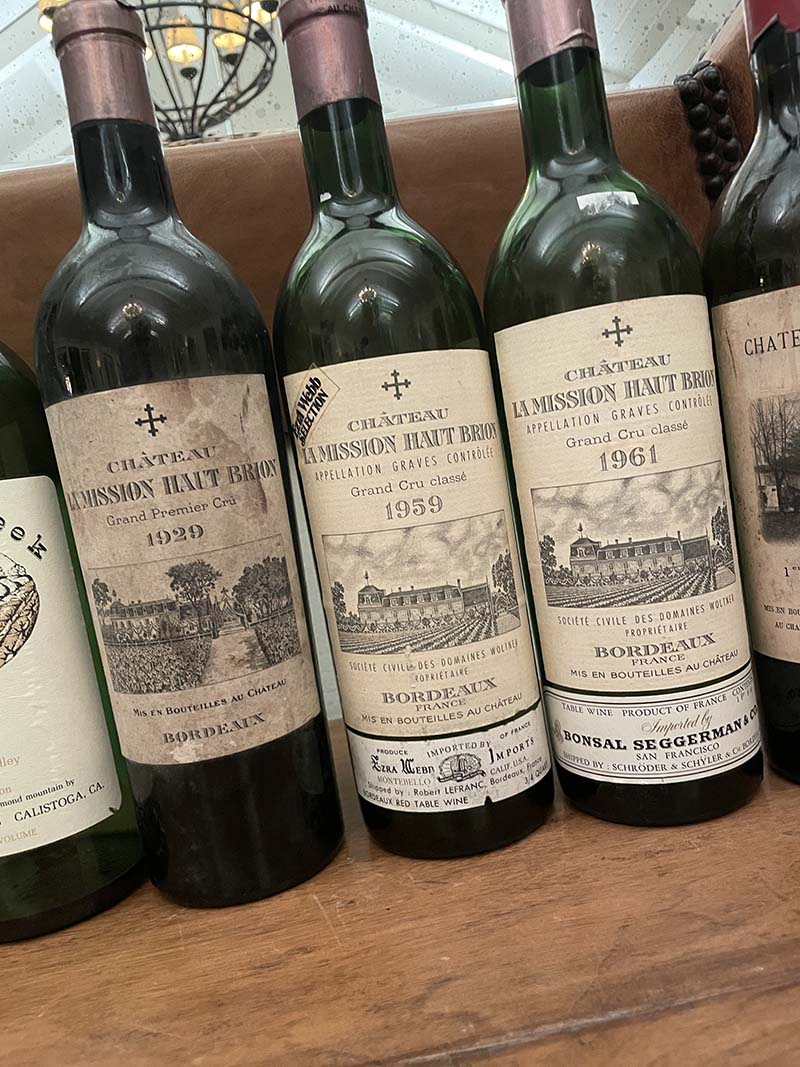
Hello Bordeaux
The 1971 had a great nose of asphalt and chocolate wrapped inside of a smokehouse. It was another deep nose that was also a touch oaky on its tail end. Its palate was dry like a desert, but it also improved in the glass, becoming richer and grapier, even a bit sappy in a clean way. There was definitely a signature style coming through in all the Ridges (95).
There was another 1971, this bottling being an Eisele Vineyard. ‘Perfect fruit,’ I wrote, along with ‘super’ and ‘wow.’ There was this sprinkle of sugar and great balance to its perfectly purple kink. Perfect kept appearing in my notes along with a touch of greeny leaf in the greatest of possible compliments. This rare bottling of Ridge proved to be the most exceptional of the flight (97).
There was one more flight of Napa wines, and we would end on a high note thanks to the 1978 Diamond Creeks. John’s intimate relationship with Al Brounstein became apparent as we dove into this flight. The first wine served was the Gravelly Meadow which had another ‘wow’ nose. There was lots of rockiness to its great fruit – that asphalt, smoke and melted chocolate Napa thing came shining through. This was ‘the southernmost vineyard,’ I assume John said. Coffee abounded on its spectacular finish and its acidity lifted off. There was a great, sparkling minerality to its finish. This was a truly great wine (97).
The 1978 Red Rock Terrace had more tang, more smoke and more asphalt. The vineyard got its name from its red iron soil and terraced slope, per either Dave or John. Dave definitely observed more minerality and iron in its profile. There was more iron for sure, along with more spice and a grapier quality. There was lots of mahogany in its spice cabinet, and a smoky and smooth finish (95).
The Volcanic Hill was more gamey; in fact, it was the most gamey. It was fleshy, smooth and round and clearly the least of the three while also the most grapy. It didn’t elicit as many notes despite still being an excellent wine (94).
The last wine of this flight was certainly not least, as it was the first vintage of Lake. I soon discovered that this was a sub-climate of Gravelly Meadow, and I definitely saw the GM terroir right away. I also learned that John was the one who convinced Al to bottle the Lake sepatrately in 1978! This bottle had certainly come full circle. It had an explosive nose with endless acidity. It was still so young and so beautiful. Sexy charcoal flavors graced my palate, and its finish was spectacular, make that insane. It had the classic asphalt and chocolate but wrapped in such an exquisite package, with the finest form and penmanship if you will. This was as good as California wine gets (99).
We ended our California portion of the afternoon on a high note, and so we began our Bordeaux portion as well, thanks to a 1929 Chateau La Mission Haut Brion. Its nose was very intense with lots of benevolent barnyard, game, wheat, band-aid and gravel. The fruit was very gamey, and its mesquite flavors came out in a creamy and horsey way – that’s a good horse, by the way lol. There was ‘more opulence and richness’ and lots of grassy goodness with cereal and citrus skin on the finish. Grapefruit! That’s what it was, and the horse continued to gallop away on its finish (95).
The 1959 La Mission was more chocolaty and rich with a decadent personality. There was great acidity and superb spice in this incredible wine. Its chocolate flavors dominated, and light gravel complemented. This was a special wine woven in the finest cloth that Bordeaux has to offer (98).
There was one more La Miss, that being a 1961. This was another ‘super-duper’ nose that had incredible cut and a lean and mean acidity. There was a great minerality here, and a leathery finish that screamed luxury goods. The La Miss sparkled without the bubbles, thanks to the fantastic lift it had on its finish. Its flavors were classic in every which way. While it was a dogfight, ultimately the 1961 surpassed the 1959 (99).
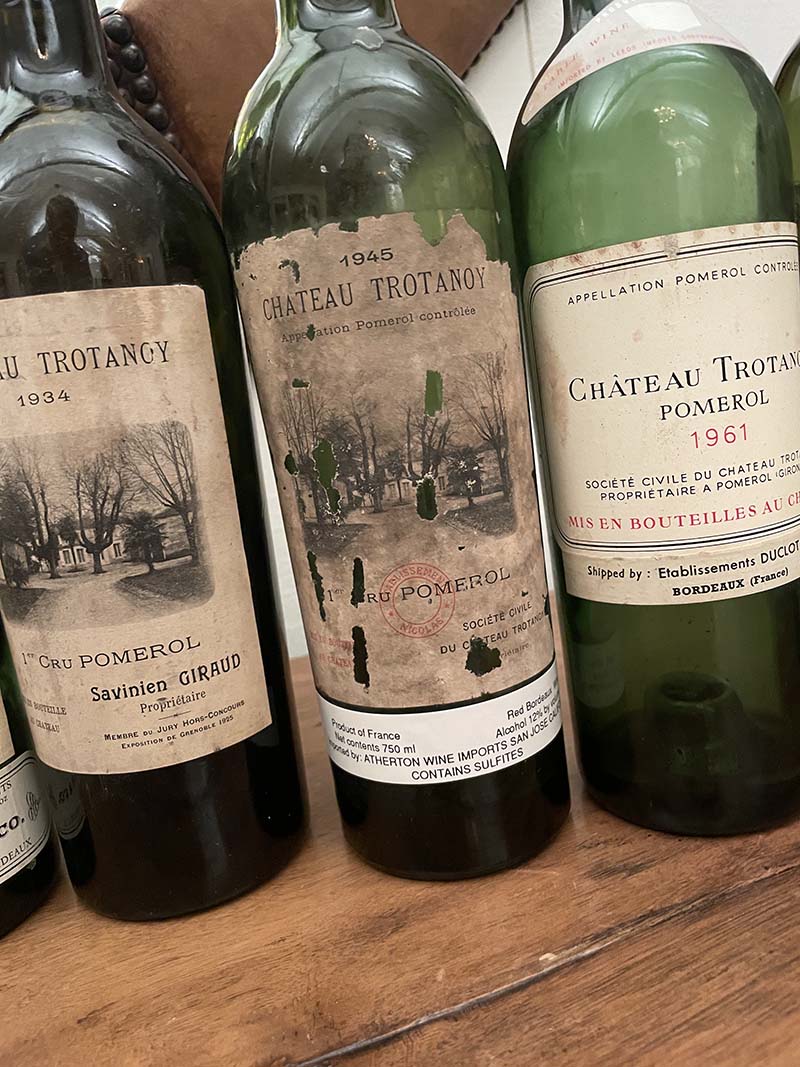
Rare Trotanoys
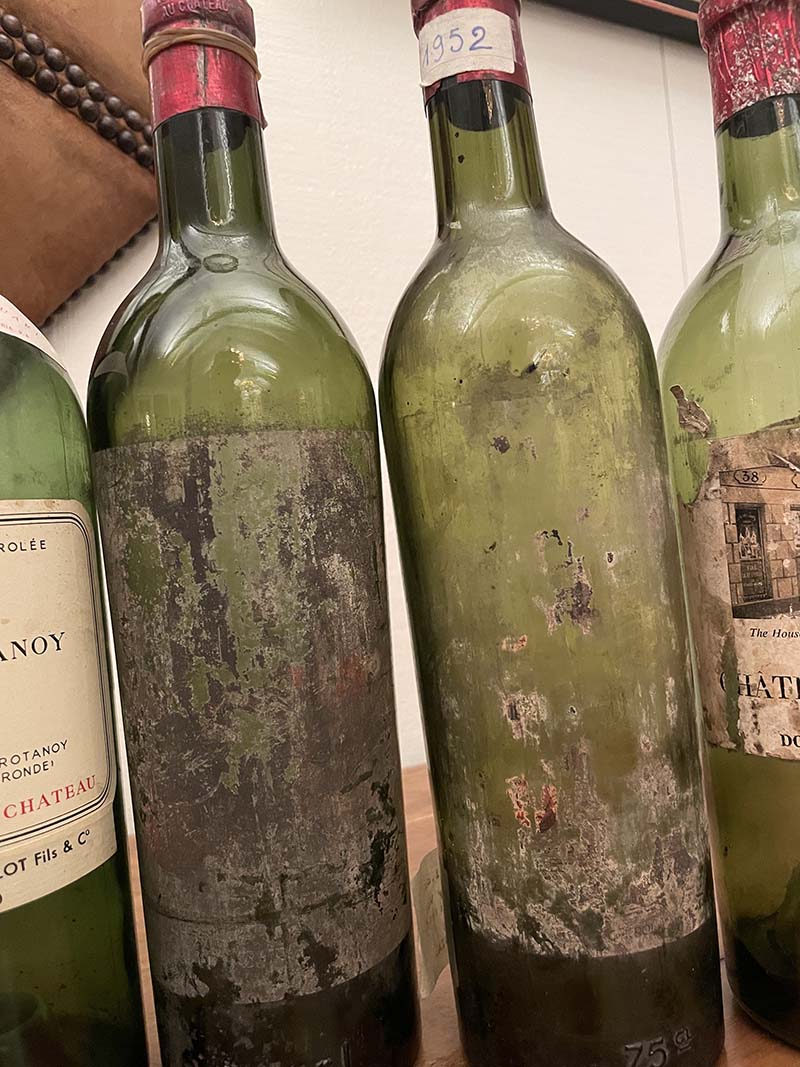
Looks Bad, Tastes Great
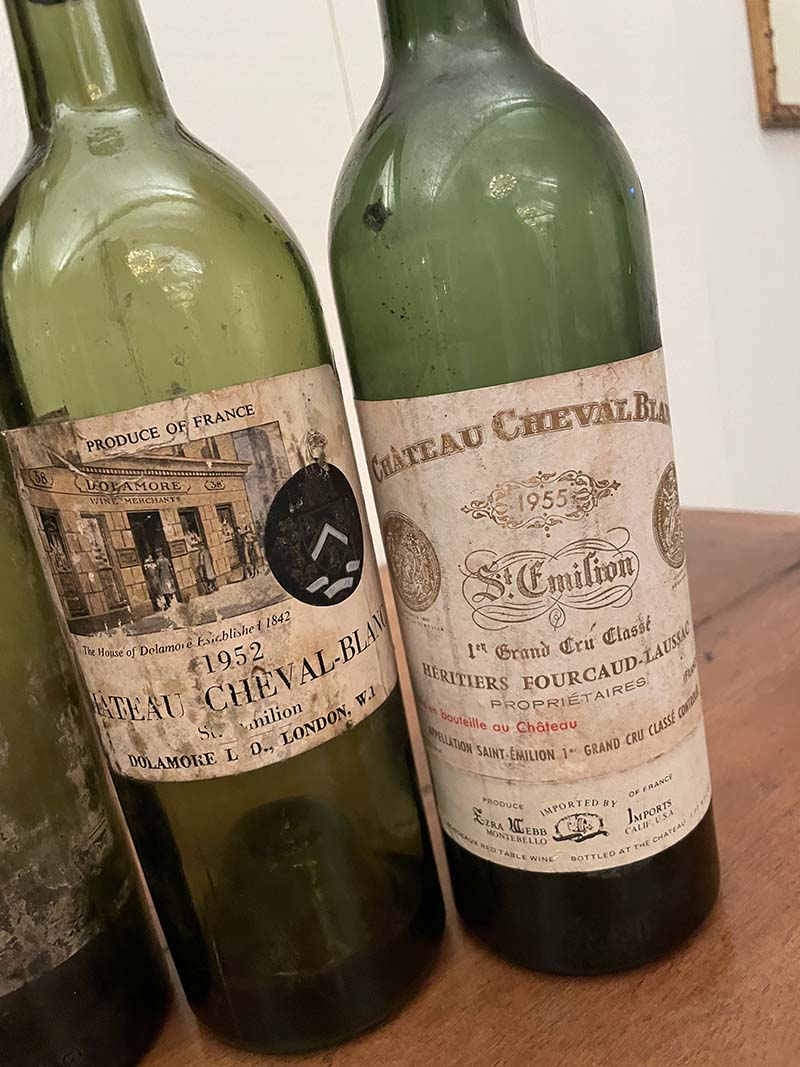
A Grand Finale
Three Trotanoys were next starting with the 1934. There was lots of Tootsie pop and dirty chocolate dug out of the earth here. It was a little leathery and a touch confused, although there was another glass issue here for me. One guest did comment later how they thought it was one of the best wines of the day, but I had a more limited view of it (92).
The 1945 Trotanoy was silky and chocolaty. There was an earthy and nutty greatness here, and its acidity kept it frolicking in a field. It had/got game and wowed the crowd. This was Pomerol power, and its spicy finish showed off deep, deep purple fruit (97).
The 1961 felt so much younger, ‘like it’s from the 80s!’ exclaimed one. This was a sturdy birdie, long on its finish. There was a lot of brick, and it got more Tootsie poppy with time in the glass, but this flight was ‘very close to perfection,’ per Tilson (96).
Speaking of perfection, the 1950 Petrus was close. It was deep, dark and rich with a minty freshness, not like that California mint, though. There was a blueberry appeal here to go with fresh and honeyed flavors. This was a perfect bottle, both rich and creamy. It was so plummy and tasty, and its sexy motor oil ignited everyone’s palate. This was a blueberry bomb that delivered the rarely experienced legend of 1950 Right Bank wines (98).
The 1952 Petrus comes from another vintage that’s rarely experienced on the Right Bank, and also a vintage that can deliver a legendary experience. The ‘52 was more twangy, with a citrus twist to its chocolate core. This bottle had real heavy cream to its creamy goodness. This was a voluptuous and concentrated ‘rich rich rich’ wine. It got a lot of lot of pluses after the check lol. But this was serious stuff – ‘so great’ and gigantic in personality. It equaled the 1950 although not many expected that outcome coming in (98).
The 1952 Cheval Blanc was a Negociant bottling but a solid one. It was wine #24, however, so my pen stayed on the table as I was feeling goooood (93).
There was one more wine, one last wine, one that made me pick my pen up off that table, as it was as good as anything served on this glorious day. The 1955 Cheval Blanc had a scintillating nose that was rich and sexy. There was an exotic, coconutty edge to it that put it in a unique place, despite the number of wines served before it. It was full of red fruits and cranberry joined the party, along with spice and gingerbread. This was a fleshy wine with a great, robust, rocket-fueled finish. It had the motor oil greatness, and the kinkiness to keep it company. It kept lifting more with each sip, wanting to be known better by anyone lucky enough to have a sip. I have been fortunate to have had this wine a few times in my life, but never as great a bottle as this. I think I am writing sexy a lot more as I get older, I need to start compensating at my age lol, but this was so sexy, with the exclamation point! I always love the bottles that outpunch their weight class (99).
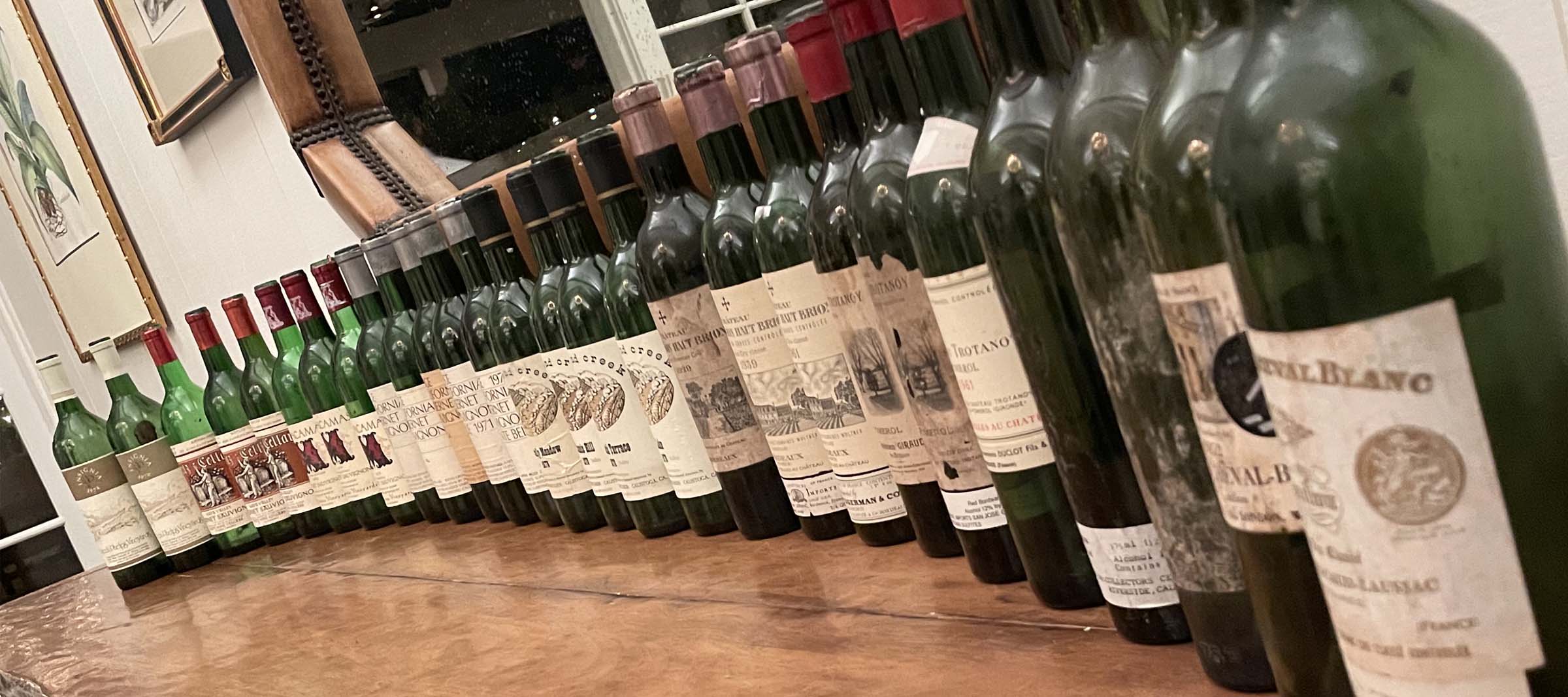
Perspective
What an incredible beginning to our weekend, and there was tomorrow’s lunch next, and that would be no ordinary lunch. It would be lunch of only DRCs. Sixteen wines would be served, and the youngest wine would be from 1978. A Richebourg magnum, to be precise. Superlatives would be required for one of the greatest wine meals I ever had. The sequel was coming!
FIN
